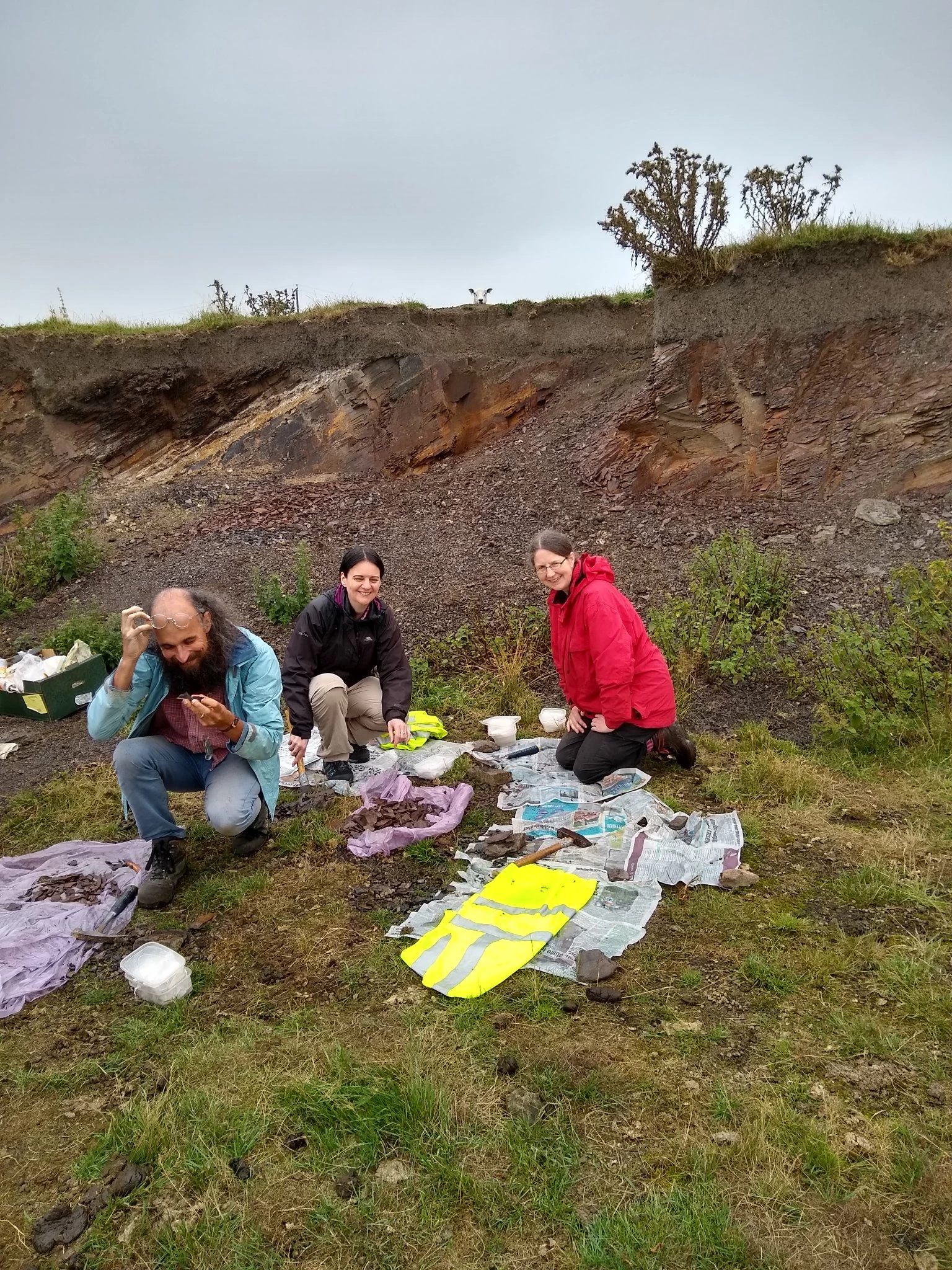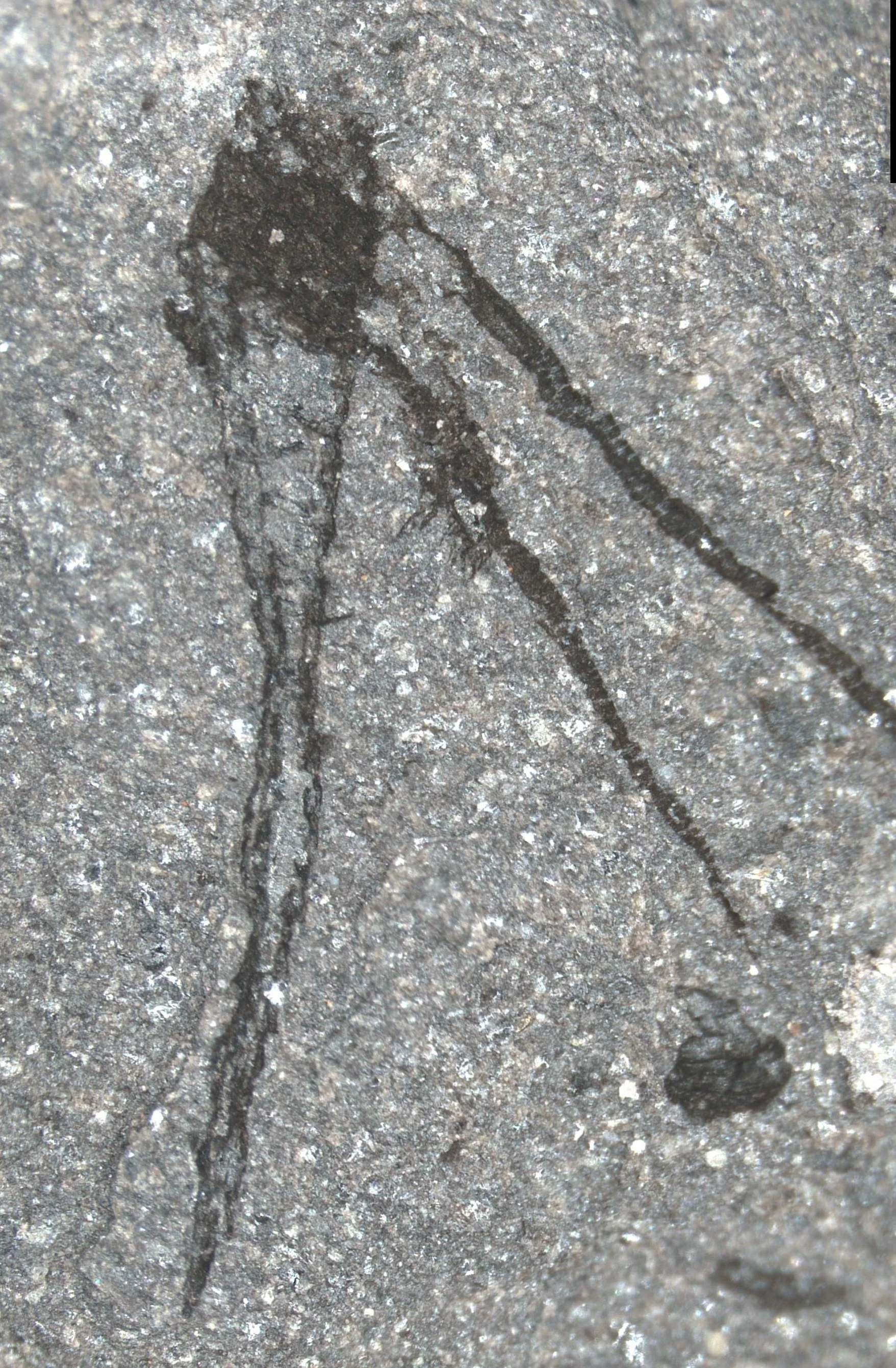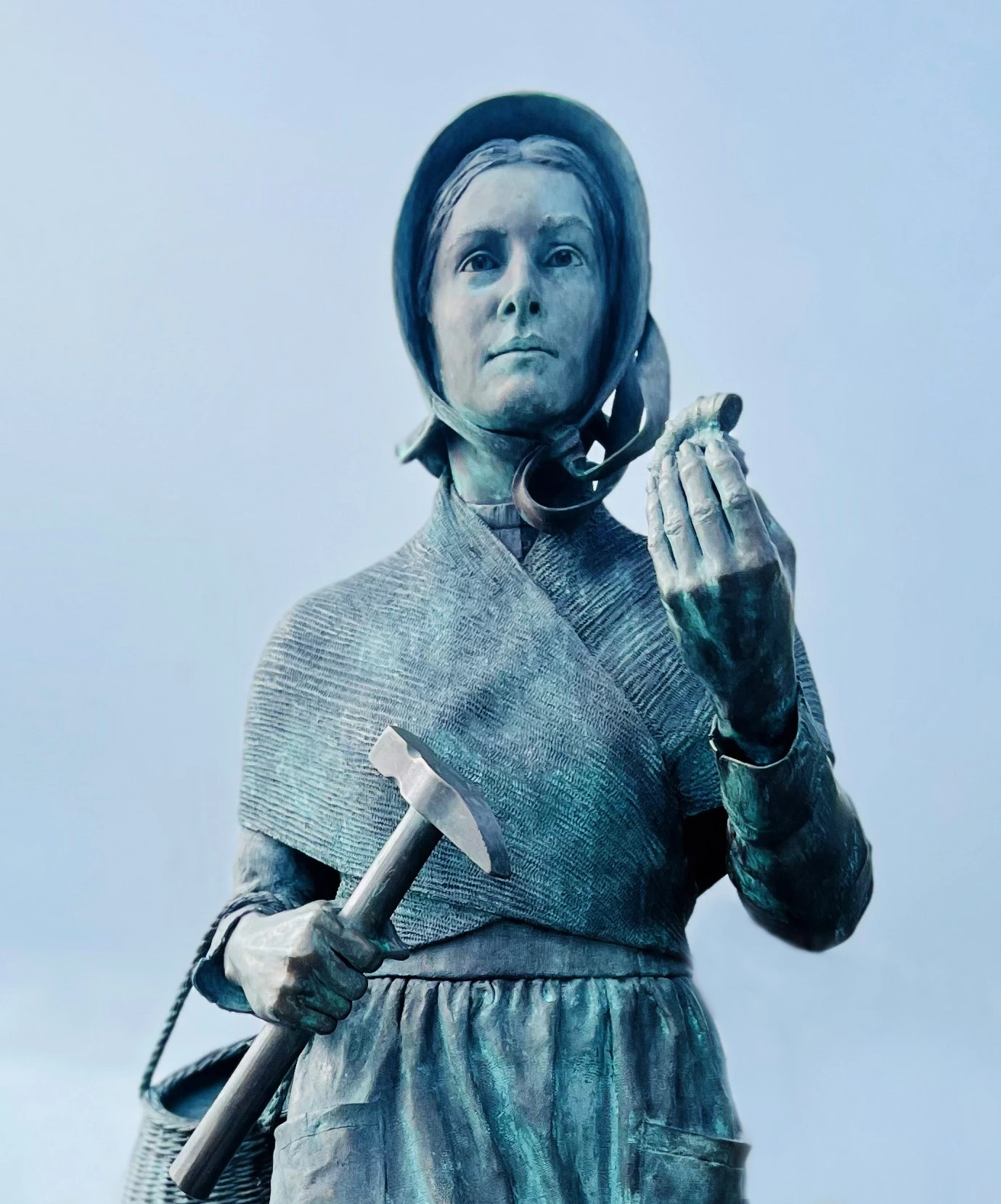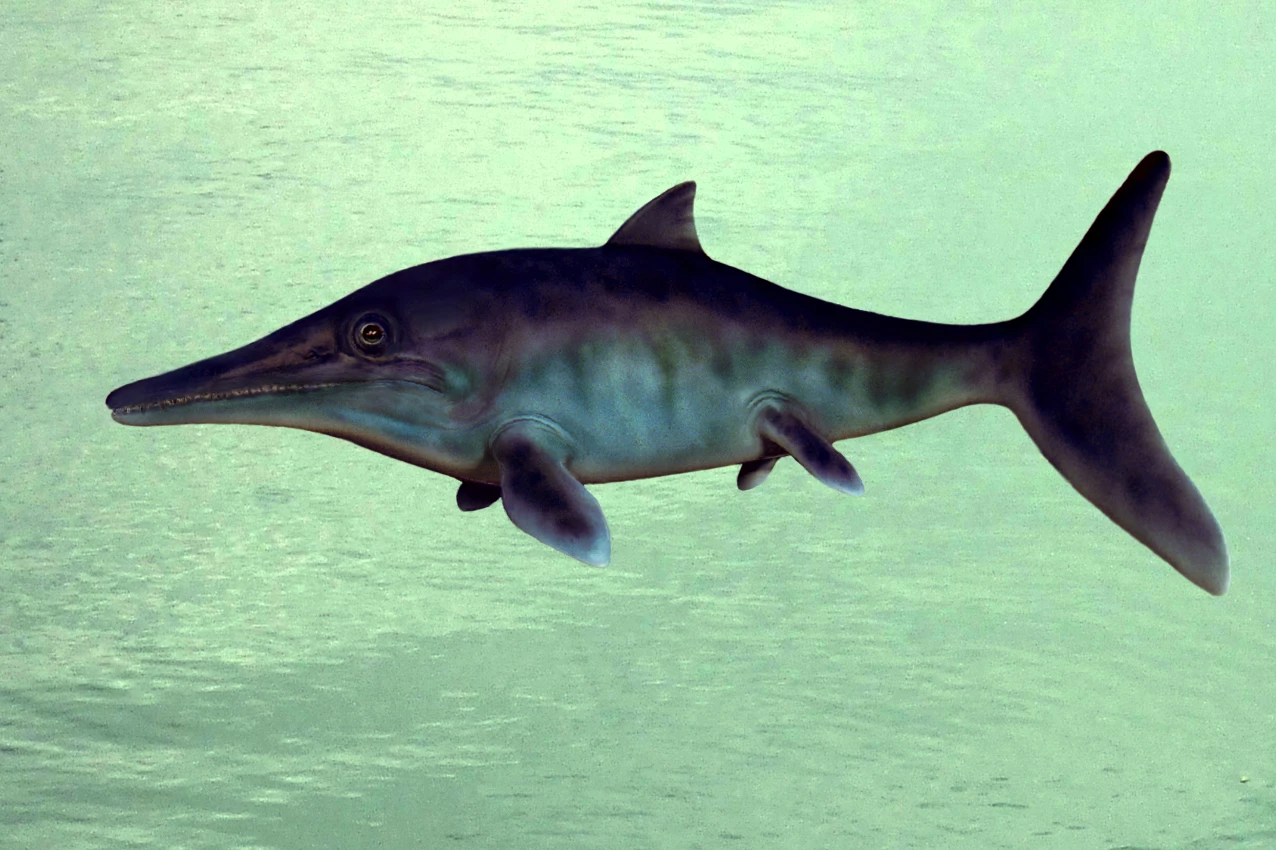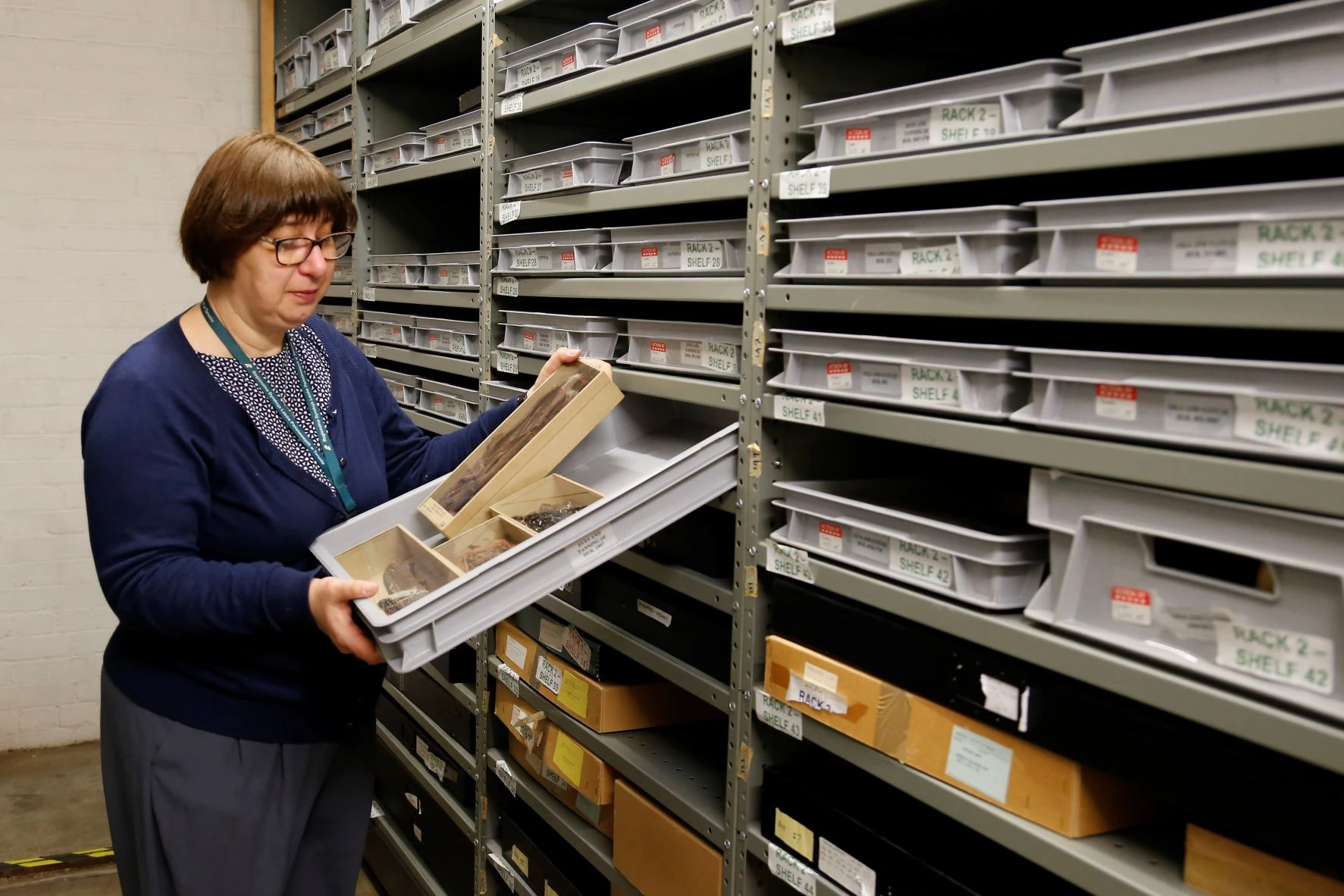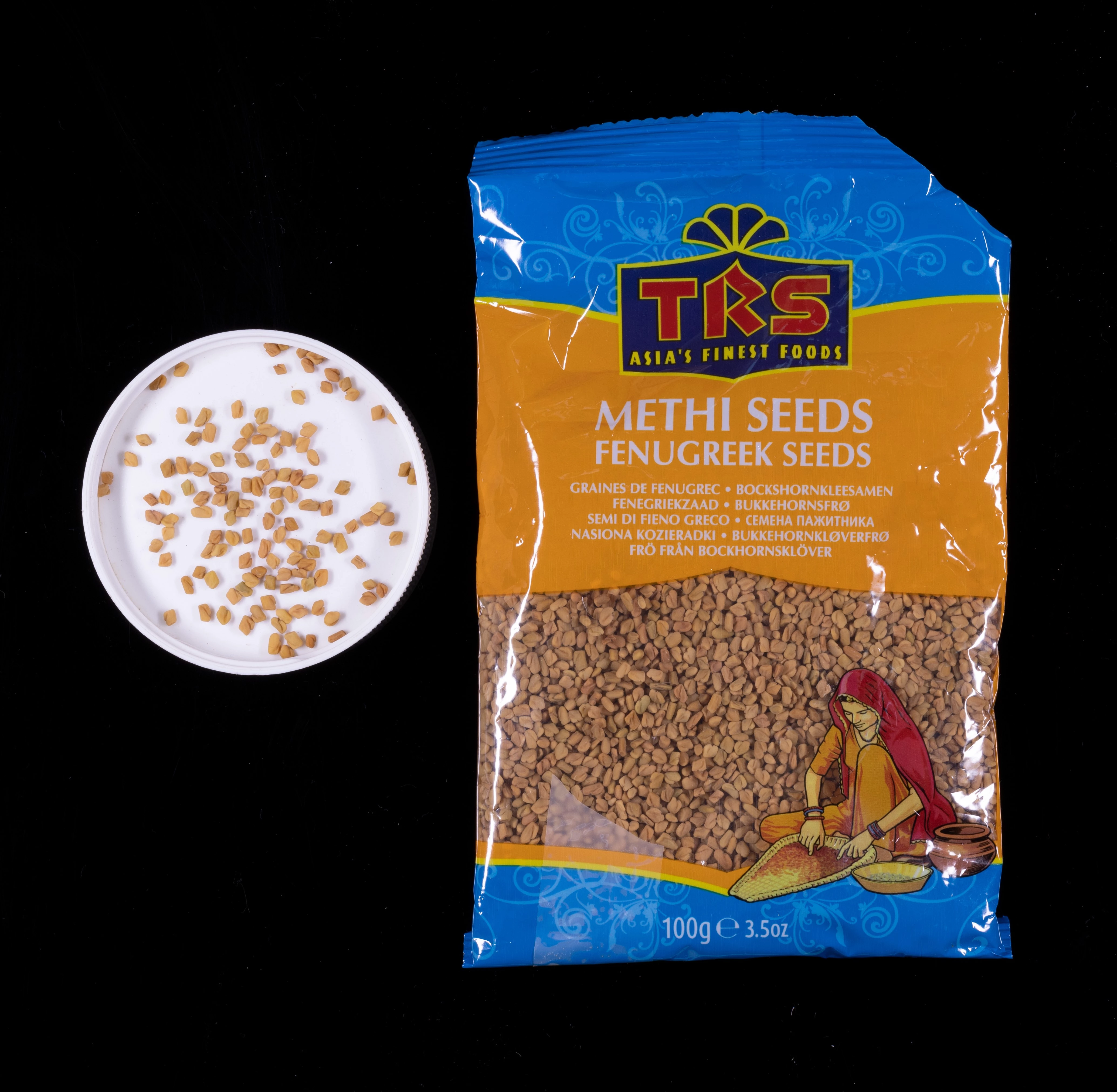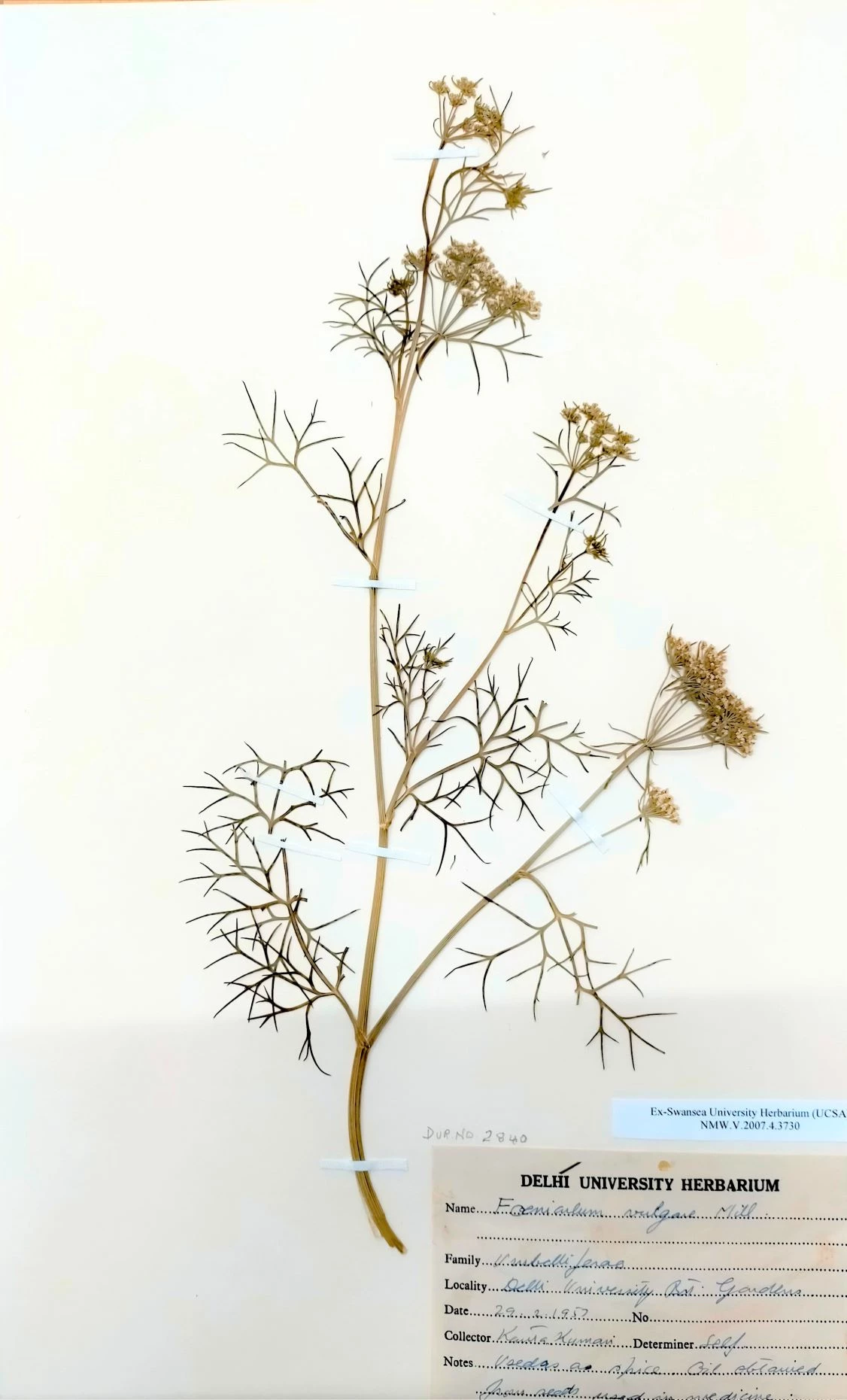Mae palaeontolegwyr Amgueddfa Cymru wedi darganfod nifer fawr o ffosilau newydd rhyfeddol, gan gynnwys llawer o greaduriaid cyrff meddal, ar safle newydd yn y canolbarth. Mae’r Cymrodyr Ymchwil Anrhydeddus, Dr Joe Botting a Dr Lucy Muir, yn gweithio gyda’r Uwch Guradur Palaeontoleg Dr Lucy McCobb a chydweithwyr o Gaergrawnt (Dr Stephen Pates), Sweden (Elise Wallet a Sebastian Willman) a Tsieina (Junye Ma a Yuandong Zhang) i astudio’r ffosilau, a’r gwaith i’w weld mewn papur sydd newydd ei gyhoeddi yn Nature Ecology and Evolution. Darganfu’r ymchwilwyr annibynnol Joe a Lucy y safle ffosilau newydd, Craig y Castell, ger eu cartref yn Llandrindod yn ystod cyfnod clo Covid-19. Heb fynediad at offer yr Amgueddfa, dyma nhw’n defnyddio cyllido torfol ar-lein i brynu microsgopau arbennig er mwyn astudio’u canfyddiadau’n fanylach. Mae gwaith parhaus ar y ffosilau yn datgelu darlun llawer mwy manwl o fywyd ym moroedd y Gymru hynafol.
O ble ddaeth y ffosilau?
Canfuwyd y ffosilau mewn chwarel ar dir preifat yn ardal Llandrindod (mae’r union leoliad yn cael ei gadw’n gyfrinach i amddiffyn y safle). Cafodd y creigiau lle canfuwyd y ffosilau eu ffurfio dan y môr yn ystod y cyfnod Ordoficaidd, dros 460 miliwn o flynyddoedd yn ôl, pan oedd y tir sydd bellach yn ganolbarth Cymru wedi’i orchuddio gan gefnfor, gydag ambell ynys folcanig yma ac acw.
Pa fath o anifeiliaid gafodd eu canfod yng Nghraig y Castell?
Canfuwyd ffosilau llawer o wahanol fathau o anifeiliaid yng Nghraig y Castell – dros 170 o rywogaethau hyd yn hyn. Roedd y rhan fwyaf o’r anifeiliaid yn fach (1-5mm) gyda chyrff cwbl feddal, neu groen gwydn neu sgerbwd allanol. Mae ffosilau cyrff meddal fel hyn yn hynod brin. Maen nhw’n rhoi cipolwg pwysig i ni ar amrywiaeth llawn bywyd yn y gorffennol, nid dim ond yr anifeiliaid â chregyn ac esgyrn caled fyddwn ni fel arfer yn eu canfod.
Mae’r ffosilau meddal yn cynnwys llu o wahanol fwydod, rhai’n byw mewn tiwbiau. Hefyd mae dau fath o gragen long, dwy seren fôr wahanol a ‘marchgranc’ cyntefig. Mae ein cangen ni o’r goeden achau’n bresennol hefyd, ar ffurf ‘pysgod’ di-ên cyntefig o’r enw conodontau.
Ymhlith ffosilau Craig y Castell mae'r esiamplau ieuengaf erioed o rai grwpiau anifeiliaid anarferol gan gynnwys; 'opabiniidau' gyda'u proboscis hir fel sugnydd llwch [ffosilau anarferol newydd mewn creigiau hynafol yng Nghymru | Amgueddfa Cymru]. Yno hefyd mae ‘wiwaxiid’, molwsg hirgrwn rhyfedd gyda bol meddal a chefn wedi'i orchuddio â rhesi o gen fel dail a phigau hir, ac anifail arall tebyg i Yohoia, arthropod gyda phâr o freichiau blaen mawr, a phigau hir ar ei ben i ddal bwyd. Cyn darganfyddiad Craig y Castell dim ond mewn creigiau llawer hŷn o’r cyfnod Cambriaidd, dros 40 miliwn o flynyddoedd ynghynt, mae tystiolaeth o anifeiliaid fel hyn.
Ar y llaw arall, ymhlith rhai o ffosilau Craig y Castell mae’r esiamlpau cynharaf o’u o’u bath. Os taw berdysyn pedol yw un o’r ffosilau, dyma’r ffosil cyntaf o grŵp o gramenogion oedd ddim ond wedi’u gweld fel enghreifftiau byw. Ac mae ffosil arall yn edrych yn hynod o debyg i drychfil ac efallai ei fod yn perthyn o bell i’r creaduriaid cyfarwydd hyn wnaeth ddim ymddangos (ar dir sych) tan 50 miliwn o flynyddoedd yn ddiweddarach.
Mae’r rhan fwyaf o ffosilau Craig y Castell i’w gweld ar ffurf siapiau tywyll ar wyneb y graig, math o gadwraeth a elwir yn anifeiliaid ‘Siâl-Burgess’ lle mae meinweoedd meddal wedi ffosileiddio’n haenau o garbon. Mae bron i bob esiampl flaenorol yn dod o'r Cyfnod Cambriaidd (pan mae anifeiliaid gyda sgerbydau yn ymddangos yn y cofnod ffosilau), ond mae canfyddiadau Craig y Castell yn dyddio o'r Cyfnod Ordoficaidd Canol, tua 5o miliwn o flynyddoedd yn ddiweddarach. Dyma gipolwg pwysig newydd ar sut oedd bywyd yn esblygu yn y cyfnod hwn.
Mae manylion mân i'w weld ar nifer o'r ffosilau dan ficrosgop, gan gynnwys llygaid, ac ymennydd cynnar o bosib ym mhen arthropod anhysbys, olion coluddyn mewn trilobitau ac anifeiliaid eraill, a theimlyddion a genau mwydod. Dim ond un lleoliad Ordoficaidd arall (Fezouata Biota yn Mexico) sydd wedi cadw'r anifeiliaid yn y fath gyflwr.
Dyma ymchwilwyr yn Sweden hefyd yn toddi peth o'r graig mewn asid hydrofflworig, ac echdynnu darnau mân o weddillion organig sy'n dangos olion celloedd. O dan y microsgop, mae’r rhain yn dangos manylion ar lefel gellog ac yn cynnig cliwiau am fwy fyth o amrywiaeth bywyd nag y gellir ei weld gyda’r llygad noeth.
Nod ymchwil yn y dyfodol ar y ffosilau diddorol hyn fydd datgelu mwy o’u cyfrinachau a chanfod yr union berthynas rhyngddyn nhw a gweddill coeden bywyd.
Sut beth oedd bywyd yng Nghraig y Castell 460 miliwn o flynyddoedd yn ôl?
Dim ond dan y dŵr oedd anifeiliaid yn byw bryd hynny. Roedd llawer o anifeiliaid Craig y Castell yn bwyta drwy hidlo gronynnau bach o fwyd allan o’r dŵr, can gynnwys amrywiaeth enfawr o sbyngau, matiau môr (bryosoaid), pysgod cregyn o’r enw braciopodau a chytrefi graptolitau. Gallai’r rhain fod wedi byw yn sownd wrth greigiau tanddwr gan gynnig lloches i anifeiliaid eraill oedd yn symud o gwmpas.
Roedd y rhan fwyaf o’r anifeiliaid oedd yn byw yng Nghraig y Castell yn fach (1-5 mm). Maen nhw’n cynnwys llawer o drilobitau Ogyginus cyffredin ifanc (ond dim oedolion), sy’n awgrymu mai dyma oedd eu meithrinfa, a bod trilobitau yn eu llawn dwf yn byw yn rhywle arall. Mae’n debyg mai oedolion rhywogaethau bychain yw llawer o’r anifeiliaid eraill. Efallai bod Craig y Castell yn lle cymharol ddiogel, cysgodol, lle gallai creaduriaid llai fyw mewn cilfachau ac agennau ymhell o’r cefnfor agored mwy peryglus.
Mae Joe a Lucy yn dal i gasglu ffosilau yng Nghraig y Castell mor aml â phosib. Mae llawer mwy o rywogaethau newydd yn debygol o gael eu darganfod yn y blynyddoedd a ddaw, wrth i’r creigiau ildio’u cyfrinachau’n raddol. Rydyn ni’n edrych ymlaen at ddysgu mwy fyth am fywyd yn y Gymru hynafol.
Beth i wneud os fydda i’n canfod ffosil anarferol?
Fel mae’r ffosilau hyn yn dangos, mae llawer o bethau newydd cyffrous i’w darganfod yng Nghymru o hyd. Os fyddwch chi’n canfod rywbeth sy’n edrych yn ddiddorol a ddim yn siŵr beth yw e, bydd gwyddonwyr Amgueddfa Cymru yn hapus i geisio’i adnabod ichi, boed yn ffosil, carreg, mwyn, anifail neu blanhigyn. Anfonwch lun aton ni (gan gynnwys darn arian neu bren mesur yn y llun er mwyn dangos graddfa) gyda manylion ble wnaethoch chi ei ganfod. Gallwch chi gysylltu â ni drwy ein gwefan (https://amgueddfa.cymru/ymholiadau/) neu ar Twitter @CardiffCurator. Mae gennym hefyd nifer o daflenni sylwi ar ein gwefan, i’ch helpu i adnabod llawer o’r pethau mwy cyffredin rydych chi’n debygol o ddod ar eu traws (https://amgueddfa.cymru/casgliadau/ar-eich-stepen-drws/adnabod-natur/taflen-sylwi/).
Rhestr termau:
Arthropod = anifail heb asgwrn cefn, gyda chragen allanol galed (‘sgerbwd allanol’) ac aelodau cymalog niferus. Yn cynnwys trychfilod (pryfed), corynnod, crancod a sgorpionau.
Molwsg = anifail heb asgwrn cefn gyda chorff meddal, yn aml wedi’i orchuddio’n rhannol gan gragen galed. Yn cynnwys gwlithod, malwod, cregyn bylchog ac octopysau.
Cramennog = arthropod gyda chragen allanol galed, llawer o goesau a dau deimlydd. Yn cynnwys crancod, cimychiaid, berdys a gwrachod lludw.
Bryosoaid = anifeiliaid mân heb asgwrn cefn sy’n byw gyda’i gilydd mewn trefedigaethau canghennog, crwn neu fflat yn y môr ac sy’n hidlo gronynnau bwyd allan o’r dŵr. Enw arall yw matiau môr neu anifeiliaid mwsogl.
Braciopod = cragenbysgodyn gyda dwy gragen a dolen fwydo arbennig wedi’i gorchuddio â thentaclau a blew mân ar gyfer hidlo gronynnau bwyd allan o’r dŵr. Enw arall yw cregyn lamp.
Graptolitau = anifeiliaid diflanedig bach heb asgwrn cefn oedd yn byw gyda’i gilydd mewn cytrefi tebyg i diwb canghennog gyda chwpanau i gartrefu unigolion, oedd yn hidlo gronynnau bwyd allan o’r dŵr. Byw ar wely’r môr neu’n nofio yn y dŵr.
